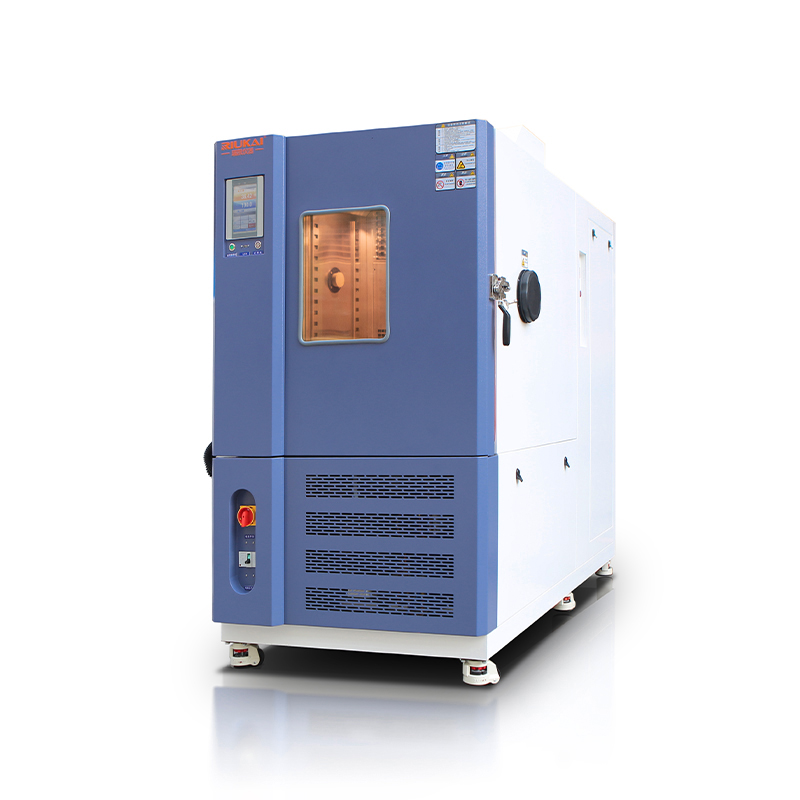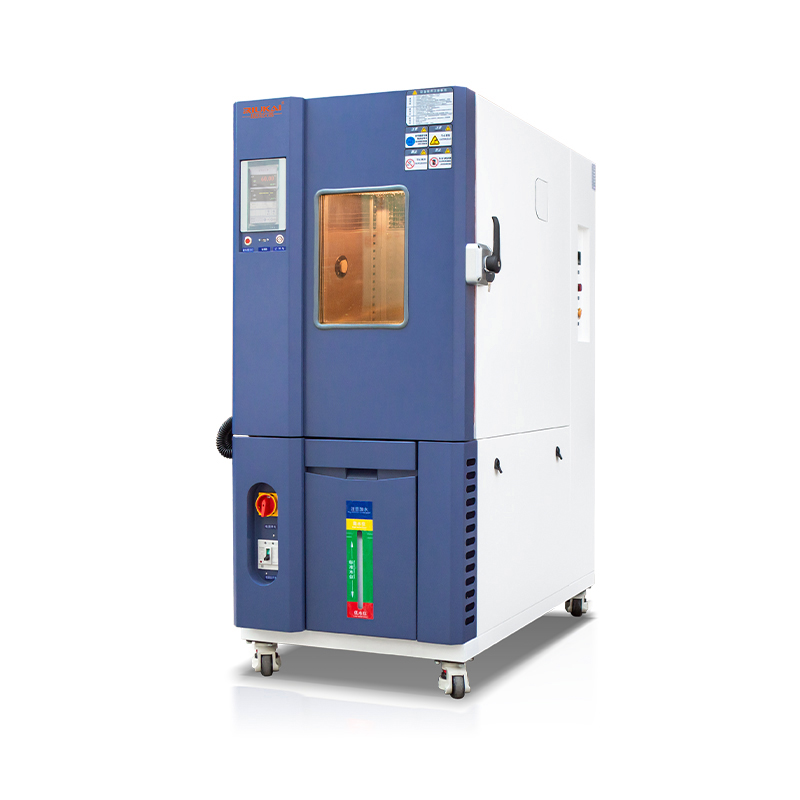RIUKAI TECHNOLOGY has 25+ years of experience in the field of environmental testing equipment testing to meet the needs of our customers.
Automotive
The application of environmental test chambers in the automotive industry is mainly reflected in the environmental simulation of automotive parts and materials to ensure their performance and reliability in the actual use of the environment. The following are some of the key applications of environmental test chambers in the automotive industry:
High and low temperature test: by simulating extreme high and low temperature environments, to test the performance of automotive components under extreme climatic conditions, such as engine components, electronic equipment, etc.
Damp heat test: simulates a humid environment to test the corrosion resistance and insulation performance of automotive parts under high humidity conditions, such as testing of wire harnesses, seals, etc.
Salt Spray Test: Used to evaluate the corrosion resistance of automotive parts and materials in a salt spray environment, which is particularly important for cars that are often exposed to oceanic climates.
Vibration testing: simulates the vibrations encountered by a vehicle during driving to test the durability and structural integrity of components.
Impact testing: Evaluates the ability of automotive components to withstand sudden impacts or collisions, which is critical for safety performance.
Ageing test: Predicts the service life and ageing characteristics of automotive components by accelerating the ageing process, e.g. the ageing of non-metallic materials such as rubber and plastics.
UV Climate Resistance Test: Simulates the long-term effects of ultraviolet light from sunlight on automotive parts and materials, and tests their resistance to light aging.
Sand and Dust Test: Evaluates the performance of automobiles in sand and dust environments, especially for vehicles that are often driven in deserts or dusty areas.
Waterproofing and sealing tests(IP Test Chamber): to ensure the waterproof performance and sealing of automotive components in flooded or wet environments, such as testing of automotive electronic control units.
Through these environmental simulation tests, automotive manufacturers are able to ensure that their products can maintain stable performance under various environmental conditions, improve product reliability and safety, and meet consumer expectations and regulatory requirements.Click to learn more about environmental test chambers and consult our professional reliability environmental test chamber engineers!

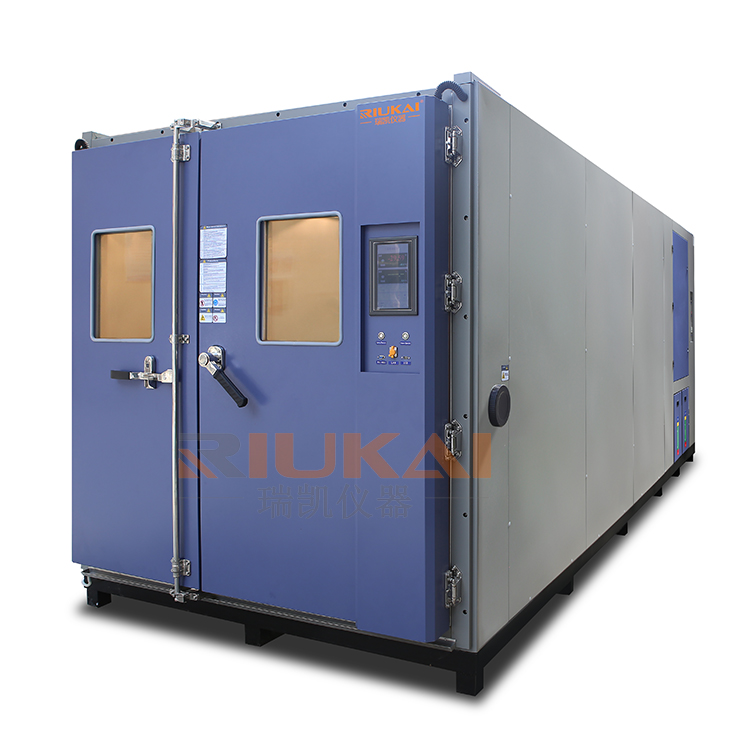
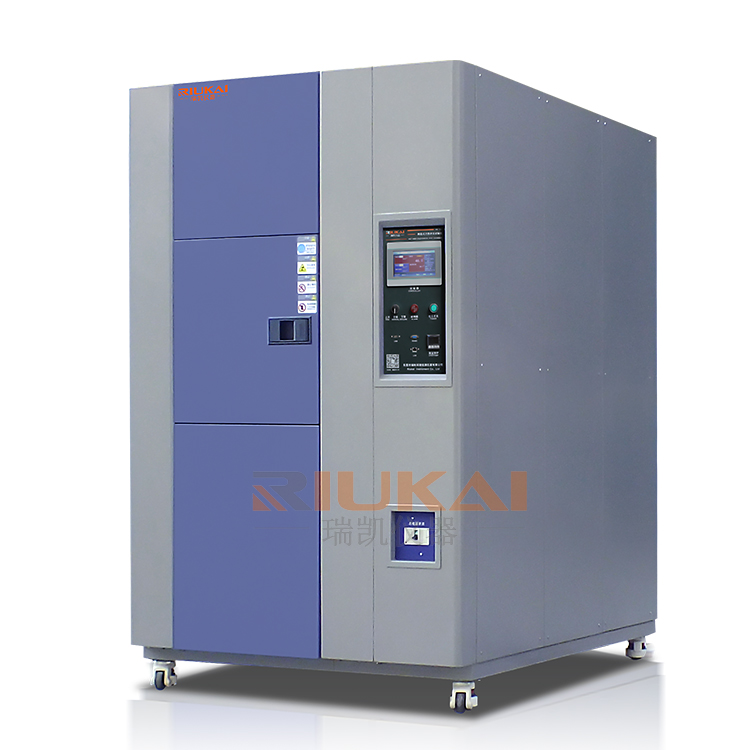
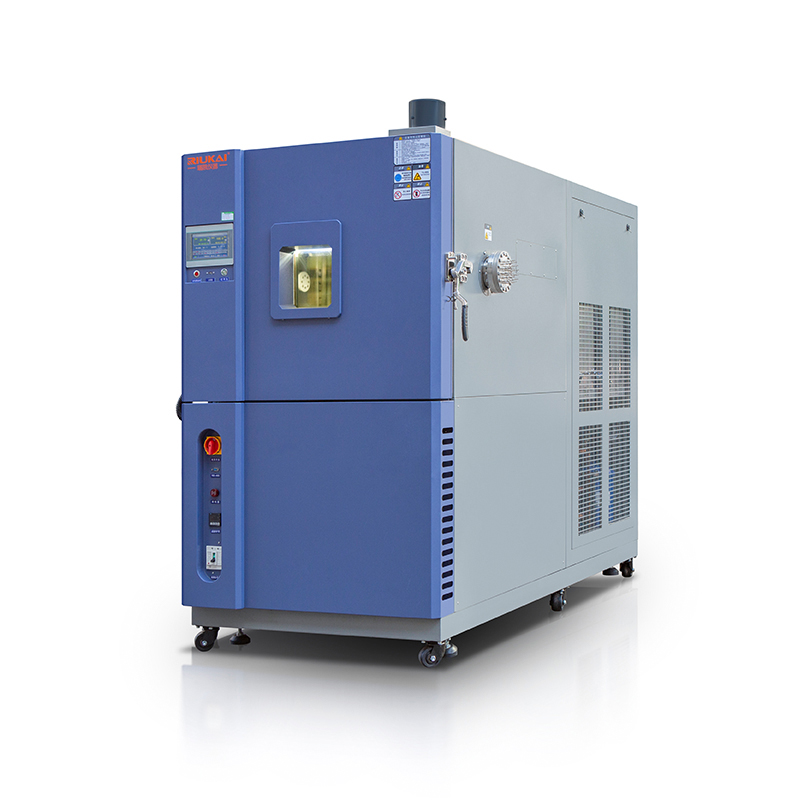
1-1.jpg)
